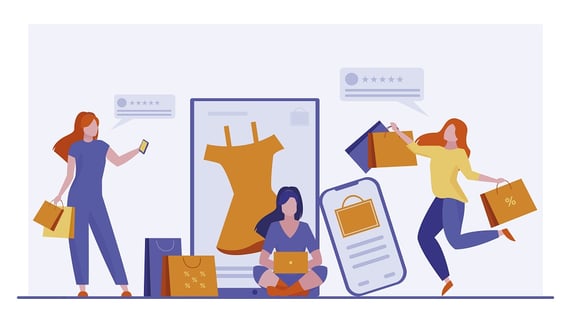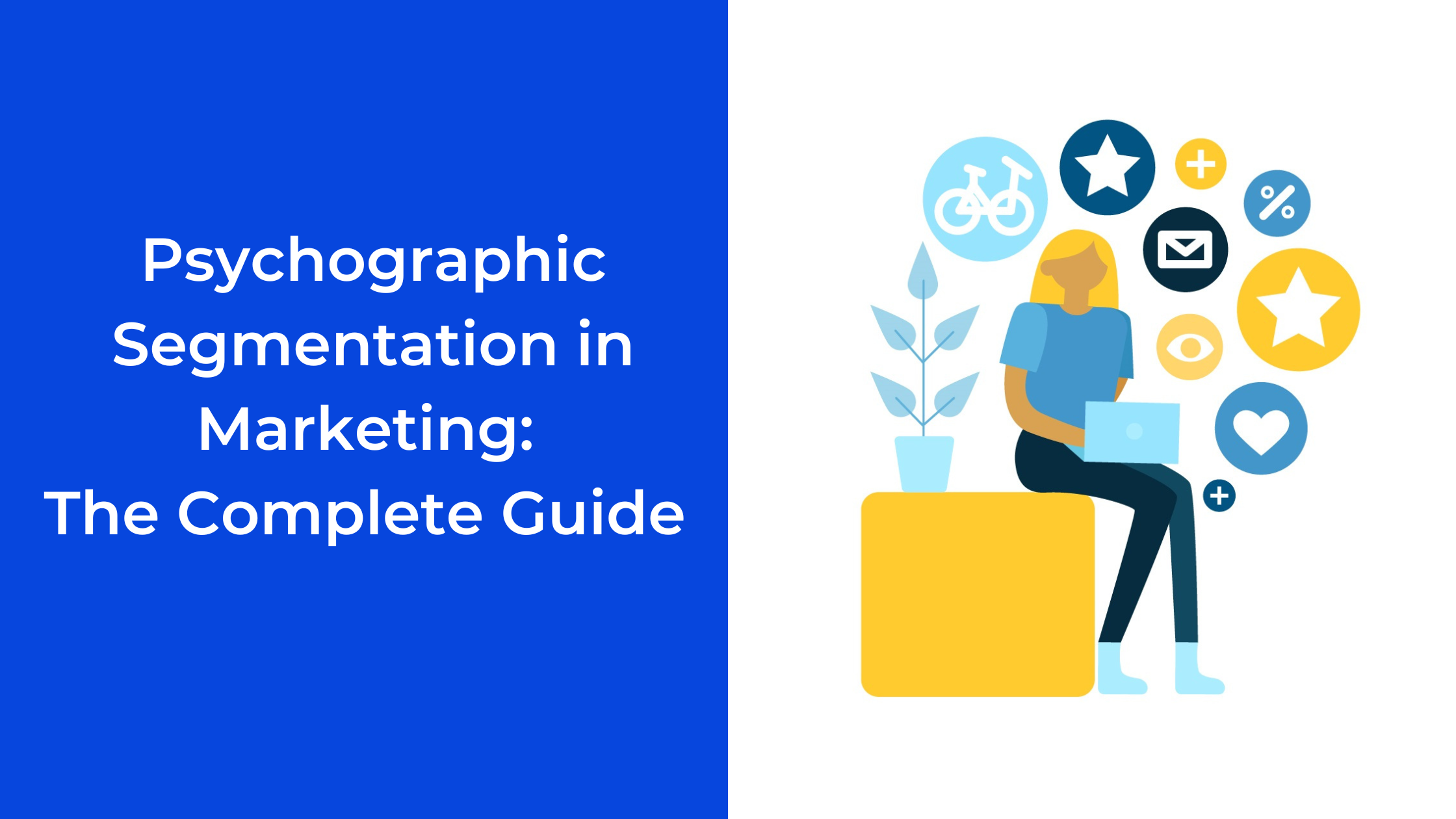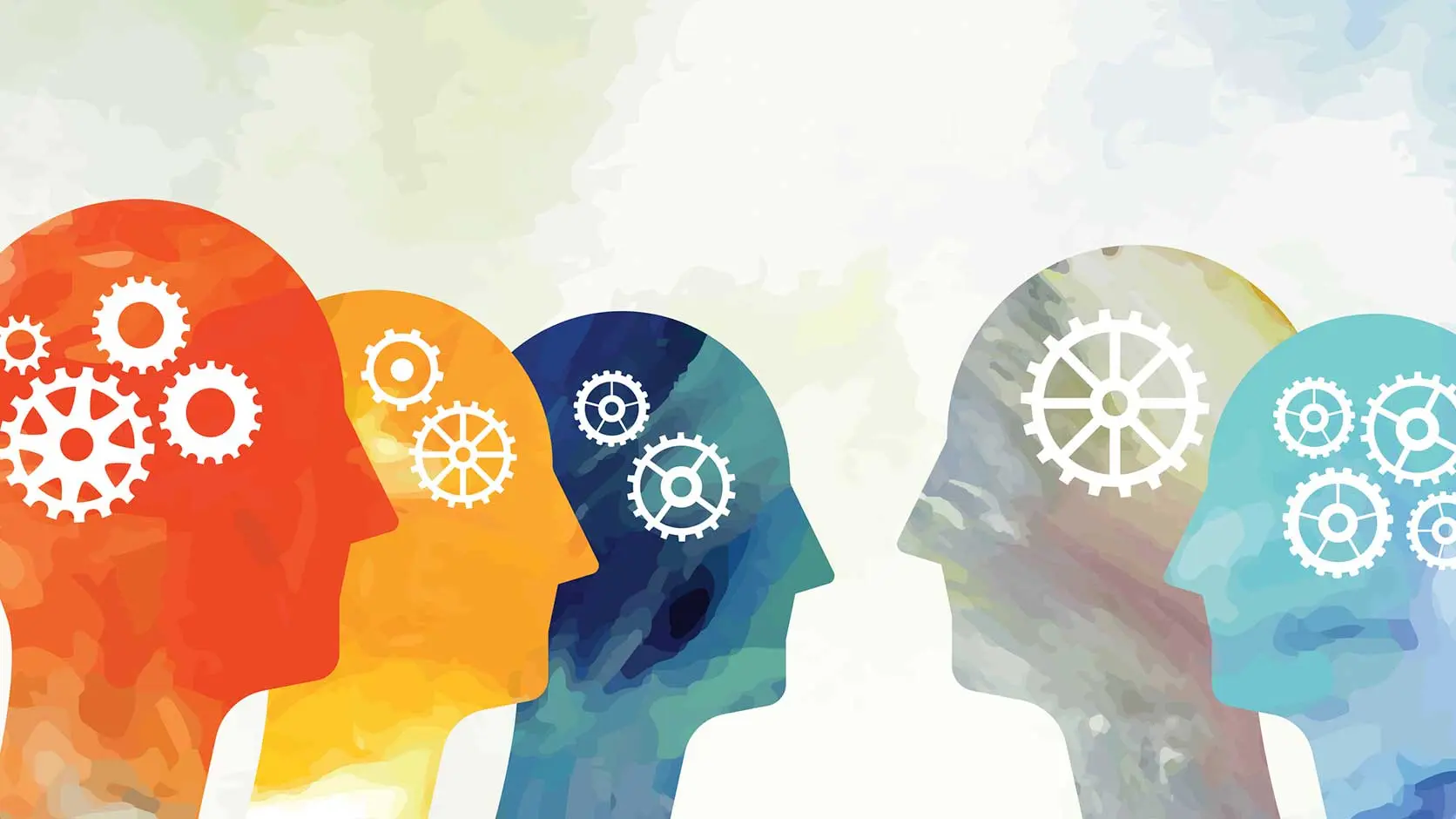How to Use Shopping Psychology to Grow Your E-commerce Store: 7 Ideas to Explore
Consumer psychology isn’t a new concept. But it’s one that’s been getting much attention lately because it offers insights into customer behavior.
Factor in a pandemic and a change in customer habits, patterns, and behavior, consumer psychology, especially shopper psychology is now a vital area of study.
To understand why consumers act the way they do and how they make buying decisions when shopping via e-commerce websites, we’ll be diving into what shopping psychology is and the top tactics that influence it.
What is shopping psychology?
Shopping psychology, or shopper psychology, is the study of how people behave while shopping. It’s how they determine what they want to buy, what make a product more attractive to them over another, and so on.
Falling under the broad umbrella of a consumer psychology, shopper psychology examines a myriad of psychological factors that affect a person’s shopping experience.
The psychology behind shopping can be linked to behavioral science, as people’s behavior and values are reflected in what they buy, how, and why they buy it.
Why consumer psychology is important
Studying consumer psychology helps retailers, both physical and online, understand the needs, pain points, and motivations of their customers.
Understanding customers and what drives them helps stores employ the best tactics that ensure customers spend more time in the store and leave with more items.
Physical stores use a variety of tactics like the way stores arrange their products, placing products in certain aisles to drive more sales.
With e-commerce websites, this arrangement comes in the form of user or customer experience, which also relies on shoppers’ psychology.
Shopper psychology: Types of customers
Classifying customers into categories based on their behavior is one of the best ways to see how shopper psychology works.
Doing this maximizes the benefits both e-commerce platforms and physical stores get from studying their buyers’ behavior. It helps them develop better marketing tactics to attract more customers and maximize sales.

Shopper psychology classifies customers into five key categories. These are: discount seekers, wandering customers, impulse buyers, needs-based shoppers, and loyal customers.
These four customer categories or segments cover the main types of retail customers based on buying behavior. However, there are other types that fall within each of the following five. This list doesn’t include the difficult types of customers.
1 – Discount seekers
They are out there on the lookout for discounts and major sales. These customers don’t necessarily have anything in mind but can’t skip a good deal. Discount Seekers get a boost in serotonin, which makes them happier, when they make a successful bargain.
Discount seekers prioritize low-priced products and may not give much attention to quality.
2- Wandering customers
Motivated by boredom, the wandering customer may spend hours roaming different shops in malls or surfing online stores.
They have no specific plan to buy a product, so they continue to search for some excitement with a relatively open mind.
They lack a sense of purpose and can be easily attracted to a good deal or a shiny item, depending on how much they can spare.
3- Needs-based customers
Those people are purposeful and intentional regarding their purchases. They are motivated by certain needs and weigh options to fulfill them.
They may opt for the highest quality or the best price, depending on their budget.
In all cases, they are determined to make a purchase. The upside of the situation is that they are more likely to proceed to checkout. All a business has to do is facilitate their experience, whether online or in-store.
To get needs-based customers to complete a purchase may require some psychological tricks. You can share ratings and reviews by others as a means of social proof to entice them or
You may also narrow their options to tactfully selected items, giving them what logicians call a “false dichotomy.”
The dictionary defines a false dichotomy as “a spectrum of possible options is misrepresented as an either-or choice between two mutually exclusive things.”
In other words, you’d be giving them fewer options to help them. The science says that giving them too many options can be disadvantageous.
A study by psychologists Sheena Iyengar and Mark Lepper classified a group of shoppers into two subgroups. One is exposed to a booth of 24 varieties of gourmet jam, while the other group is exposed to only six variants.
The result was astounding! While 30% of the consumers in the limited-choice group made a purchase, only 3% of the extensive options group did.
4- The loyal customer
Those are your league of faithful promoters. While there are different types of loyal customers, this group as a whole puts you at the top of their list when they want certain products or services.
The ultimate result of your marketing efforts should be to convert prospects into loyal customers.
There are many customer retention strategies you may experiment with to turn first-time buyers into loyal or repeat customers.
Using customer loyalty programs is a great way to not only retain customers but also drive them to refer you to others and grow your business.
Consumer psychology and marketing
It’s not enough to advise marketers to integrate consumer psychology into their campaigns. Put simply, your marketing efforts are unlikely to be successful or effective without applying the basics of shopper psychology.
Resorting only on data like demographics, interests, age, or gender will help you target certain customer categories. But to actually sell, you have to use additional tactics to get that customer to the checkout phase, convinced they made a good deal.

Shopping psychology tactics to boost your sales
To use shopper psychology effectively, we’ll share a few tactics to help you. You may choose to apply one or more of them at the same time.
One of the best ways we’ll be discussing in this section is the use of customer segmentation. While there are four main types of customer segmentation, namely demographic, geographic, behavioral, and psychographic segmentation, you can add your own segments as you see fit.
1. Customer psychographics
Customer psychographics are the psychological attributes that include customer values, desires, goals, and interests.
Investigating your customers’ psychographics answers the question of “why.” Why would they choose a certain product? Getting the right answer can help you tremendously.
For instance, if a customer values elegance and quality over price, they should receive a different marketing message than price-oriented customers.
2- Social proof
Social proof is a human tendency to follow others and imitate their decisions.
Testimonials and reviews are among the top examples of social proof. When customers see positive reviews, they’re more inclined to buy a product because someone else has bought it and found it useful. It’s like they’re getting a recommendation.
Social proof is a tactic embedded in consumer and shopper psychology. Businesses use it to attract more prospects and boost your website traffic and conversions. Using social proof solidifies your image as a trusted business.
To reap the benefits of social proof you can encourage customers to review your products on your website or via social media.
3- Color psychology
According to a survey conducted by Digital Information World, 85% of consumers stated that color was one of the main reasons they bought a certain product.
Colors are one of the main pillars of beauty in nature. In shopping, a different color could give a different taste to a product.
Not-convinced? Have you noticed how Apple launches certain colors each year along with some new ones? They also use a tactic where they’d launch a new color of the same product a few months later to give their sales a boost.
Roughly 92.6% of respondents in a survey conducted by the secretariat of the Seoul International Color Expo prioritized visual factors when buying products. That’s compared to only 5.6% for ‘physical feel’ and 0.9% for hearing and 0.9% for smell. (COLORCOM)
4- Understanding customer pain points
Customers buy products because they have a need. That need is their pain point. In e-commerce,
customer pain points vary from having a weak or difficult checkout experience on your website to having unresponsive or unhelpful customer support, among other problems.
Tackling your customers’ pain points serves all your goals, reduces churn and cart abandonment rates. It also helps you create loyal customers who would refer your brand to others, telling stories of how much they like your products and how your products have helped them.

To identify your customers’ pains, you need to listen to them through your multiple channels and interact with them.
5- Use FOMO
Sellers may often create a sense of scarcity for no major reason except that the fear of missing out (FOMO) makes people buy!
But…using the FOMO tactic can easily go wrong if it’s regularly. Customers realize the trick and stop buying. But it’s not only that. They lose confidence in you!
To trigger customers’ fear of missing out, businesses use buzzwords or keywords like ‘few items left’, ‘limited introductory price’, ‘limited bonuses’, ‘order before the end of December’ ‘limited stock’ or something along those lines.
Similarly, using a sign says ‘limited 3-day offer’ or ’50% off until December end’ can get customers to take action.
6- Unity
Belonging is very important to humans to flourish psychologically. It occupies the third level of Maslow's hierarchy of needs, just after needs of safety.
Using this sense of unity is a way to influence shoppers’ psychology. To do so, marketers create a sense of community with skillfully-worded copies to make customers belong. In a way, it fulfills their need to be part of a pack.
Using something like ‘subscribe now and join 100k data enthusiasts’ or ‘Be a member of a 30K club of marketing professionals creates that sense of unity customers crave.
Another way to create unity is to use segmentation in your marketing efforts, specifically your ads. Doing so helps you group like-minded customers together and increase your conversion rate.
You can see for yourself how segmentation boosts revenues and retention when you use Convertedin.
Unity is a great shopping psychology tactic that entices customers. Coupled with great customer support, you can have yourself more loyal customers.
7- Stimulate the senses
This aspect is more suitable for physical stores where you can use sight, sound, smell, taste, and touch to encourage shoppers to get a full experience and buy more.
While we’ve mentioned that sight is the top factor affecting customer decisions, this can easily vary by product. A store that sells fresh juices would rely on smell and taste over the visual look of the beverage. The same applies to coffee shops where people buy coffee out of habit or enticed by their olfactory sense.
For apparel, you can stimulate your customers’ sight by arranging your products in a certain way in your store.
With beauty products and fragrances, you’ll often find stores offering a tester to allow buyers to try the products themselves.
Alternatively, displaying products that complement each other, using cross-selling and upselling tactics can boost your business. These are all examples of stores using shopping psychology to attract customers and boost sales.
Wrapping up
Shopping psychology tactics vary by business, location, industry, among other factors. And you don’t need to be an expert in all of them.
But you do need to consider, research, and test one or more methods to influence your shoppers’ psychology and see what works for you. However, learn and apply as much as you can because that is very healthy for your sales.
We’ve identified key types of customers and offered some tips on how to use psychology to persuade them to shop more.
Tactics like social proof, color, and a deep understanding of customer pains come in handy for both e-commerce and physical stores.
Want to experiment with one or more of the above shopping psychology ideas in your e-commerce marketing? Then sign up to Convertedin to get a clearer picture of your customers.


